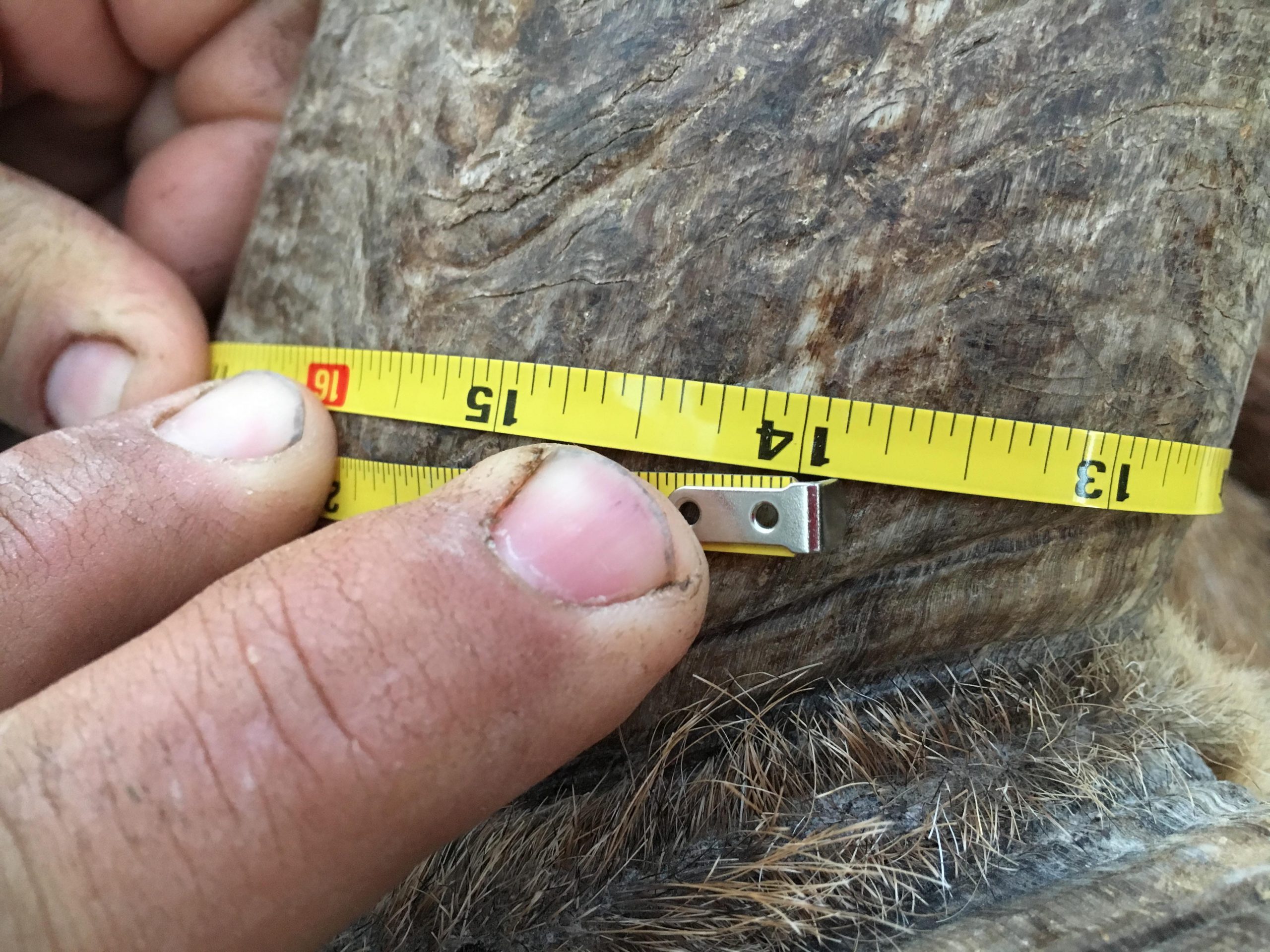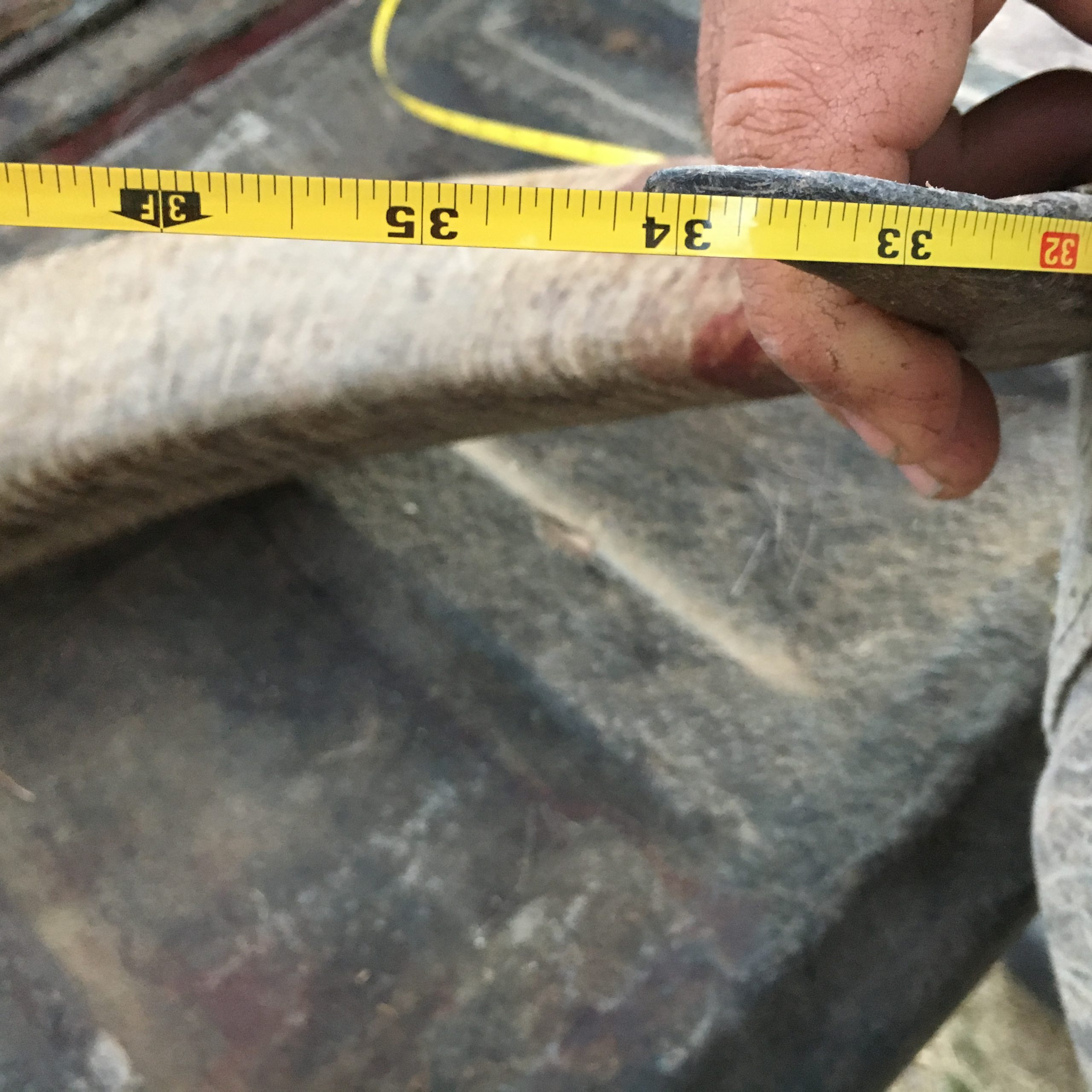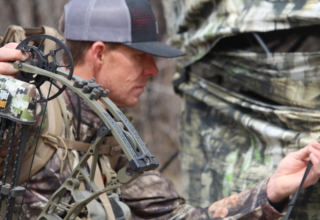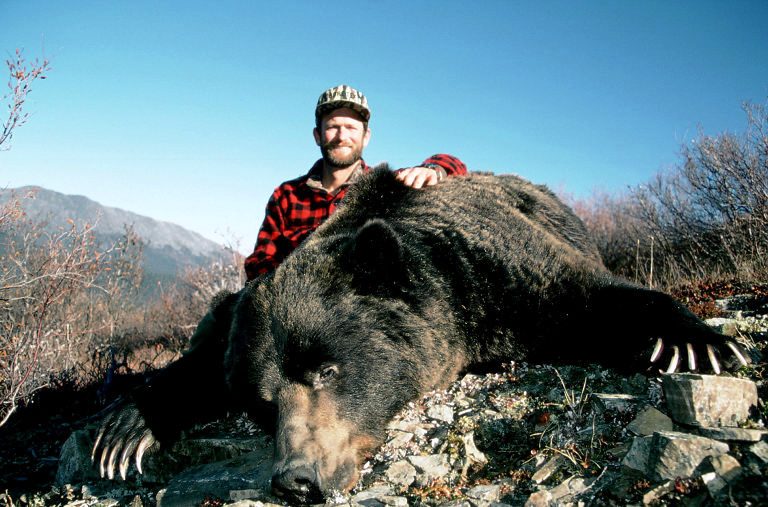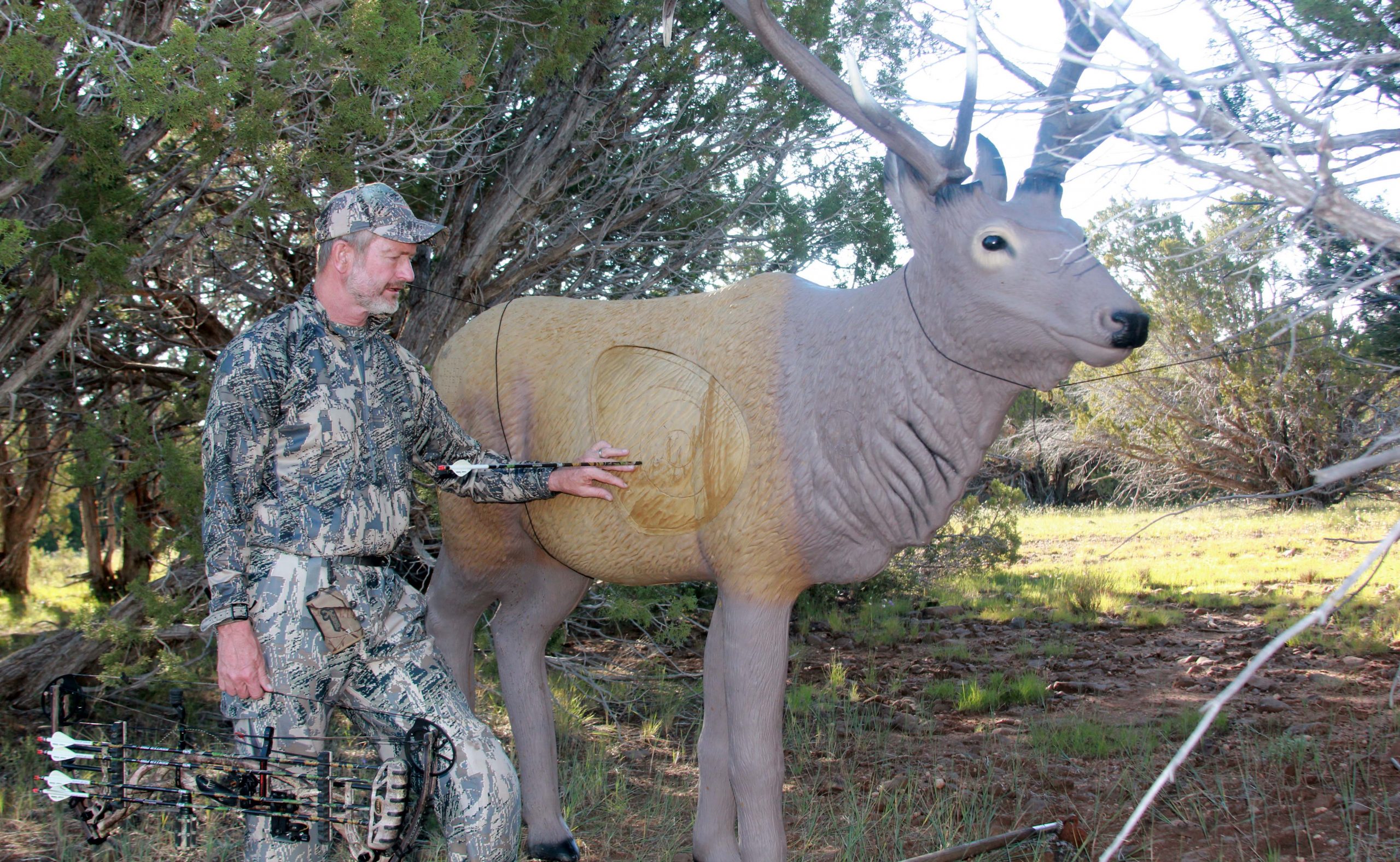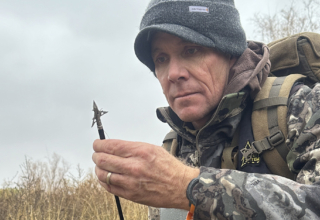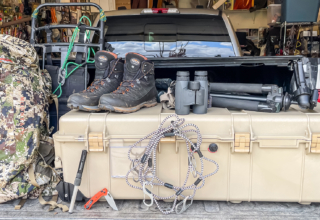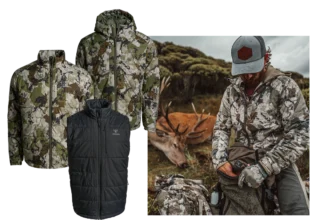It’s always been a dream to hunt bighorn sheep in the natural environment of the southwest, roaming free from the hand of man. And while each year I apply for bighorn tags in multiple states, all I have done so far is accumulate an impressive number of preference and bonus points, but no tags. And so, in my mid-60’s, I have begun to wonder, will I ever have that experience?
Then a colleague mentioned aoudad hunting. “Really?,” I asked. “Aoudad?” “Just check it out,” she said, “then tell me if you’re interested.”
Then I began my research, and right away found that people often refer to it as the ‘poor man’s desert sheep hunt.’ That got my attention! Before you know it, I was booked in with a group of friends and colleagues for a South Texas hunt with Steve Jones of Backcountry Hunts (www.backcountryhunts.com). Jones has been guiding and outfitting since 1984, and today concentrates his efforts for big game in New Mexico and Texas. He’s been hunting aoudad for nearly that long, has guides that are both very experienced and crazy for the hunting, and runs an excellent operation. The hunt occurred in mid-February 2017, and it was pretty amazing.
What Are Aoudad?
Aoudad (Ammotragus lervia) are native to northern Africa, including Algeria, Tunisia, Chad, Egypt, Libya, Mali, Mauritania, Morocco, Niger, and Sudan. Often called Barbary sheep, as well as waddan, arui, and arruis, aoudad are the only species in the genus Ammotragus. From a hunting standpoint, they are usually considered a sheep. Today aoudad are rare in their native North Africa, but they have been successfully introduced around the world in places such as southeastern Spain, the southwestern United States (Texas, New Mexico, and California), Mexico, and some parts of Africa.
They are a relatively large sheep with horns curving outward, backward, and then inward and marked with strong transverse wrinkles. The horns of females are similar but smaller than those of males. Their long tail reaches nearly to the hocks and sports long hairs on the terminal half. Mature males have a conspicuous growth of long hair on the throat, chest, and upper parts of front legs (often referred to as “chaps” by sportsmen). They are generally a tan or reddish-brown color, with a white belly and whitish inner surface of the legs. The horns are yellowish-brown in color and darken with age. They are set close together and nearly touching at the bases.
Aoudad are right at home in dry, rough, barren, and waterless habitat — much as native desert bighorn sheep are. They live in small groups comprised of old and young animals of both sexes. Their food consists of a wide variety of vegetation including grasses, forbs, and shrubs. Apparently they are capable of producing metabolic water and can survive for long periods without access to fresh water. However, when water is available they utilize it for both drinking and bathing.
In studies conducted in New Mexico, Herman Ogren found that 79 species of plants were included in the diet of these sheep; of these, 13 were grasses, 20 were shrubs and the remainder forbs. Mountain mahogany (Cercocarpus breviflorus) was the most sought-for single plant, comprising nearly 22 percent of the items found in rumens of these sheep on a yearlong basis. Ogren found some seasonal variation in the diet. In winter, grasses comprised 86 percent of the rumen contents; browse, 11 percent; forbs, 3 percent. In spring, summer, and fall the browse species, mainly oaks and mountain mahogany, comprised about 60 percent of the diet; grasses, about 26 percent; and forbs (various species of “weeds”) made up the balance. On a yearlong basis, browse species comprised 49 percent of the diet; grasses, 42 percent; forbs, 9 percent.
While aoudad can breed all year long, most breeding is concentrated in the two months from mid-September to mid-November. Gestation period is about 160 days, and most lambs are born between late February and late April — but some are born as late as November. According to Ogren, females may become sexually mature at the age of 8 months, but normally begin breeding around 18 months of age. They can live up to 20 years, but 12 years would be considered an old ram in the wild.
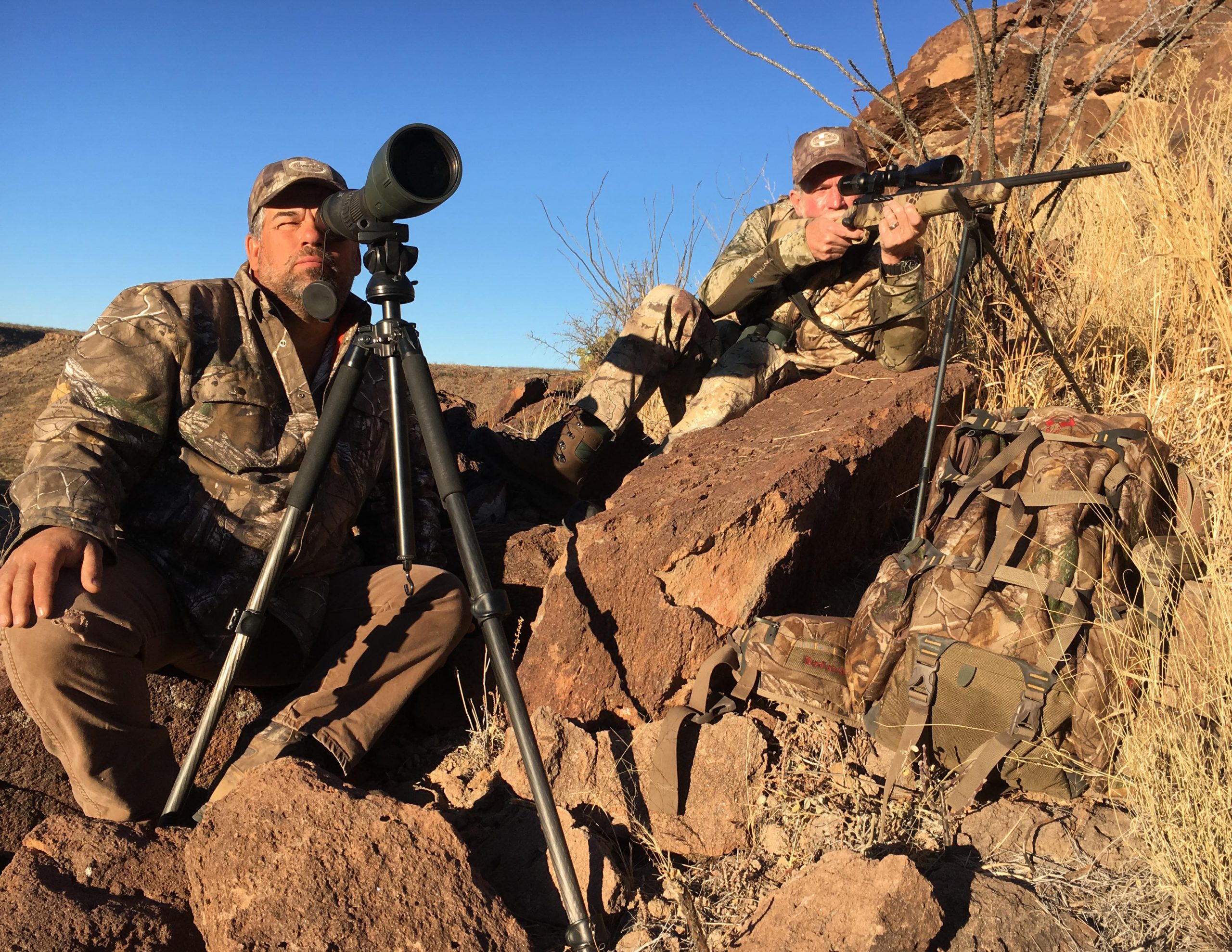
Aoudad in America
Aoudad were first brought to the United States near the turn of the 20th century and have been reared in zoos and on private preserves for decades. During World War II, American soldiers stationed in Chad and the Barbary Coast of Northern Africa discovered aoudad and realized their potential as a game animal. They were first released in the wild in New Mexico in 1950 and in Texas in 1957, when 31 were released southwest of Claude in Armstrong County. Thirteen more were released near Quitaque. These introductions were highly successful in the Palo Duro Canyon area of Texas. By May, 1966, the population had increased to an estimated 400-500 sheep. In 1963, the population had increased to such a level that a controlled hunt was deemed advisable. Forty-two permits were issued; six rams and three ewes were harvested. In 1964, 50 permits were issued; eight rams and seven ewes were harvested. In 1965, 70 permits resulted in a harvest of eight rams and eight ewes. Today, while no exact figures are available, most believe there are over 25,000 aoudad in Texas. They can be hunted both on the open range, and in high fence ranches.
Hunting Aoudad
Aoudad are incredibly agile, with soft, spongy hooves providing Spiderman-like traction that permits them to easily climb the steepest rocky terrain. They have heavy, muscular forequarters to power the climb, while their smaller back quarters give them the ability to steer effortlessly from along even knife-edge ledges with zero fear. A big ram can weigh more than 300 lbs., with most mature rams weighing between 200-250 lbs. on the hoof. Mature rams (8-12 years of age) will have horn bases with circumferences of 12 ½-14 3/4 inches and an overall horn length of somewhere between 27-34 inches, with Jones saying that the “sweet spot” for his hunters over the years are rams with horns measuring 28 ½-30 ½ inches in length.
As far as the senses go, Jones said that aoudad have tremendous eyesight, almost on par with pronghorn. If they have any experience with hunters at all, when they see you, even at a half-mile or more, these highly-intelligent animals will move off. They also have very good noses and decent hearing, Jones said, making watching the wind and moving carefully over the generally noisy terrain a must.
Spot & stalk hunting is the most common method employed when hunting free-range aoudad. Hunters need the best glass they can bring, with a 10X binocular and spotting scope with an upper power of at least 45X with a tripod that can withstand the wind basic fare. Jones said his clients average shot distances of between 150-300 yards, though I watched my friend Brad Fitzpatrick and his guide, Robert Curry, stalk above a 30-inch ram and shoot it at less than 40 yards. On my hunt the other shots measured 160, 250, and 310 yards. Jones recommends flat-shooting cartridges in 6.5mm up through .30 caliber using stout bullets, as aoudad are notorious for soaking up lead. Excellent mountain-type boots are also highly recommended.
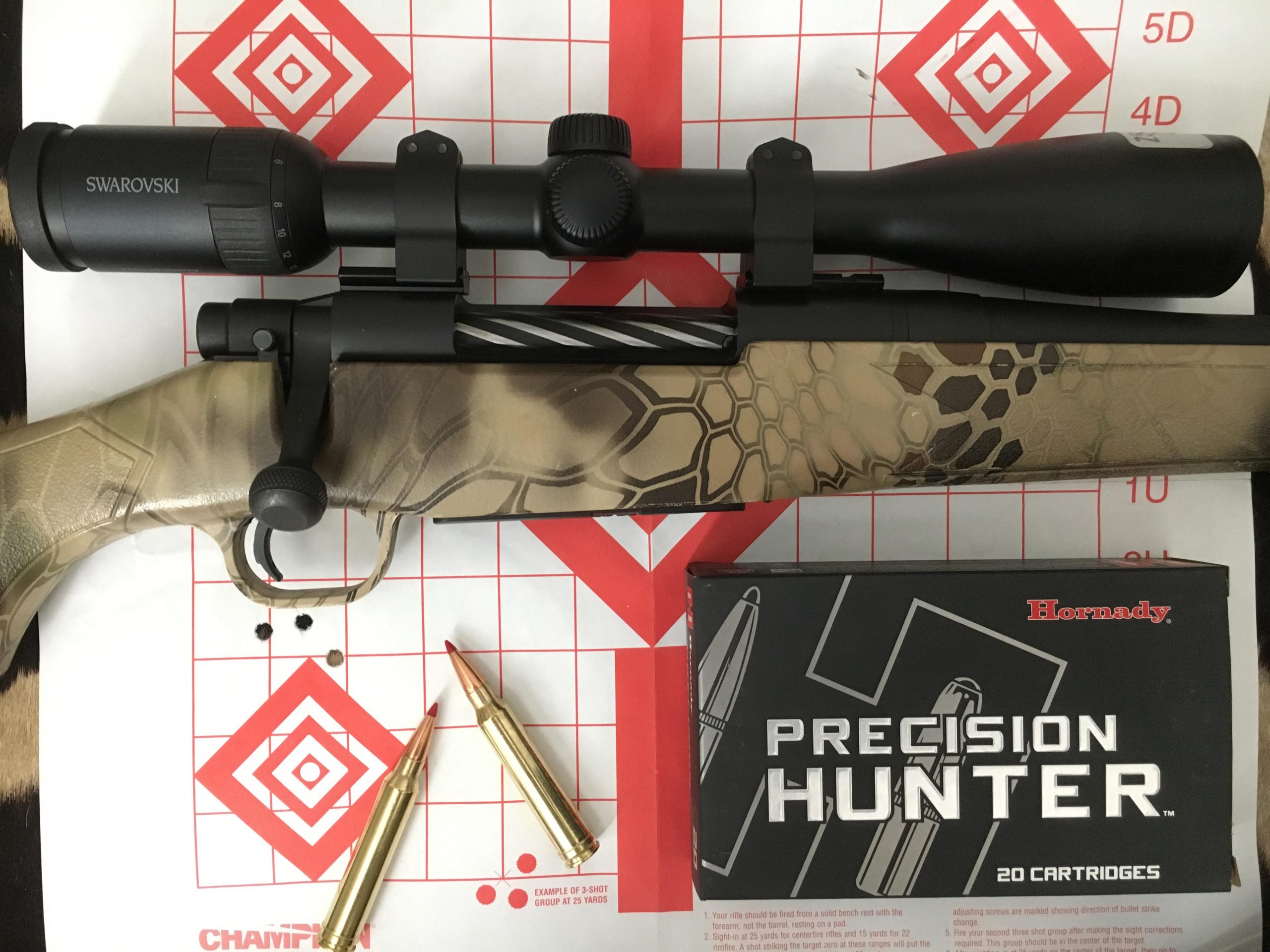
A Hunting We Will Go!
Cibola Creek Ranch is a 30,000 acre low-fence ranch resort that dates back to 1857; El Fortin Del Cibolo was heavily fortified and served as the first major military outpost in the region. You can even see the remnants of old Texas Ranger outposts on the property. The main resort is like an Old West museum, and both it and the historic buildings where hunters stay can only described as deluxe. Bonus: the miles and miles of dirt roads are superbly maintained, making access to the entire property easy.
I was paired up with two friends, Lee Hoots and Rob Lancelotti, along with guide Dave Callaway, with whom I have hunted before and a man who is exceedingly skilled at his craft. We weren’t afield an hour when we located a wad of maybe 75 aoudad, with several mature rams. Lee was up, and after a short stalk Lee and Dave were within 300 yards. No way to get closer, so Lee got his Mossberg .30-06 over the shooting sticks, and next thing you know we were taking pictures of a dandy 28-inch ram.
By noon we had glassed up a whole lot more aoudad but not seen anything good, until we glassed up a group of seven rams bedded on the edge of a deep cut in the mountain. One looked to be a shooter so we made a long stalk and got with 450 yards, a bit too far given the 20 mph crosswind. So we tried to creep closer to the canyon rim, but those big eyes picked us up and all we could do was watch the animals stroll over the ridgeline. Dave and I tried hiking about and finding them again, but no dice.
Midafternoon found us cruising a nasty, rocky area where Dave told us he had always seen aoudad. So of course we looked hard and saw nothing – until we moved around the corner and Rob let out a, “Whoa, whoa, whoa!!” About 150 yards off was a group of maybe 20 rams, with one Dave said was a “Shoot him right now!” kind of ram.
Naturally, it wasn’t quite that simple. The big ram was in the middle of the tightly-packed herd and they were rapidly moving away from us. I got a solid rest and, somehow, managed to pick out the one they were frantically describing among a sea of horns. There was no open shot until the big dawg horned one of the smaller rams out of his way, creating a little window between animals. The range was about 250 yards, the gap was small and closing fast, the rams were seconds from going over the crest of the rise, and I had to make quick call. My instincts said “Yes,” and I squeezed the trigger. The 200-grain Hornady ELD-X bullet took him through the lungs, we later found, but amid the chaos of the moment all we knew was I hit him, someplace. This tough old ram kept his feet and raced to the crest where I shot again, with no effect. Then he was gone.
Now the doubts crept in. Did I hit him right? Was he down, or still up and moving? The team moved as quickly as we could to the crest and, expecting the worst, I scanned the distance, looking for a wounded ram. Dave looked right below us, and there he was, dead.
It was my first day ever of aoudad hunting, and when we got to him Dave, who has seen hundreds, just said, “They don’t get any bigger than this.” They don’t? Really?? Later back at camp we measured him: 34 2/8 on the right, 33 on the left, with 14-inch bases. Steve said it’s one of the three biggest rams his guys have taken in all his years of outfitting. Later I scored him at 152 1/8 SCI points, placing it in the top 30 all-time for free-range aoudad in the SCI record book.
So of course we celebrated that night, not just my ram but also Lee’s, and friend David Draper’s, and got ready to go help Brad Fitzpatrick, who made the incredible stalk and 40-yard shot the next day. In 1 ½ days we had tagged out with a pair of 28-inchers, a 30-incher, and my dinosaur, as Dave called it. And I called my wife and told her I finally had an animal for that open space on my home office wall, and she cheered me on, too. We had seen, between our two groups, well over 300 free-ranging aoudad, eaten like kings, and stayed in a deluxe resort.
And I had fallen in love with a new big game animal. Aoudad are fascinating, tough, smart, and a real challenge. I may not ever be able to top this one in terms of size, but I have a feeling every future aoudad hunt will provide more than just another punched tag. I can’t wait.
